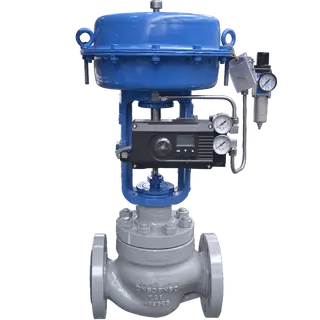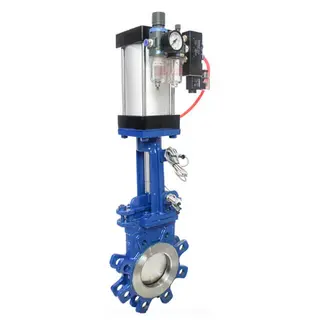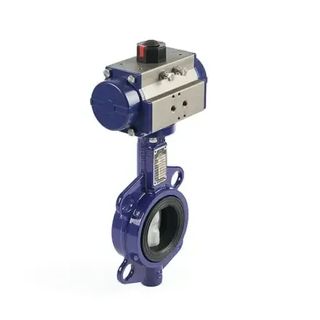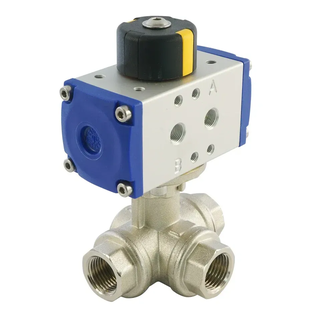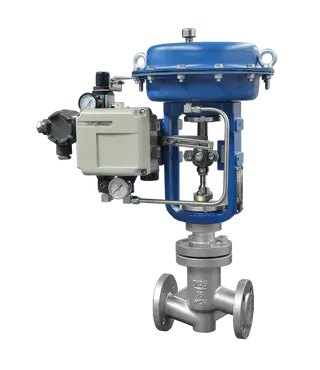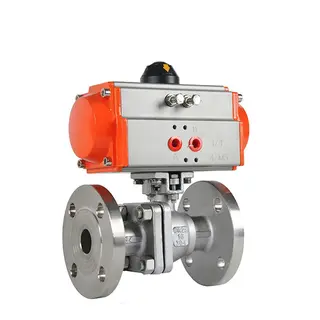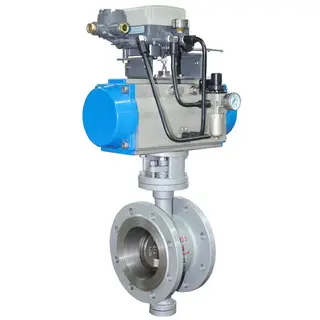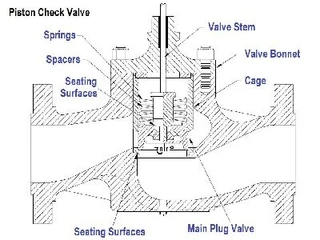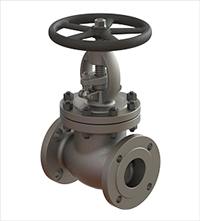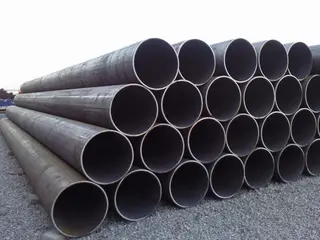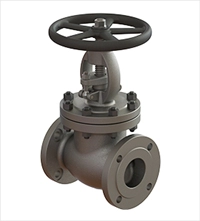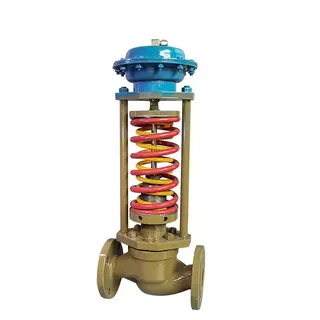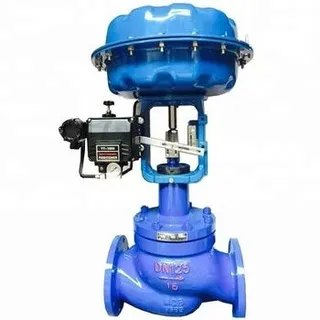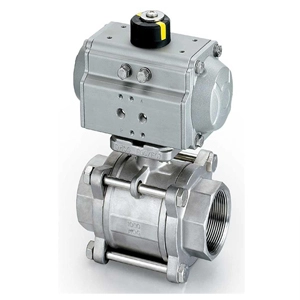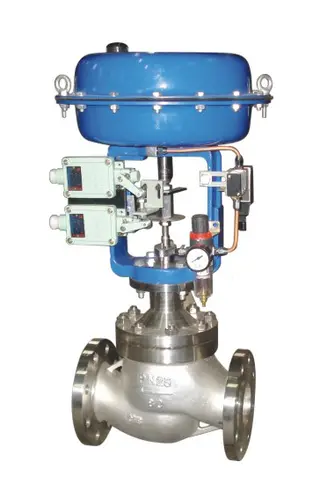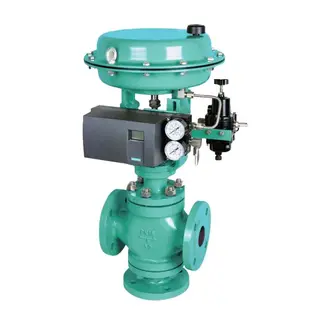Pneumatic Pressure Control Valve: Precision Control for Reliable Performance
Introduction
Pneumatic pressure control valves are vital components in modern fluid power systems, designed to regulate system pressure to control the force exerted by hydraulic piston rods or the torque delivered by hydraulic motor shafts. These valves play a crucial role in maintaining safe and efficient operation across various industrial applications.
At the core of their functionality is pressure regulation: pressure relief valves help prevent system overload by setting maximum allowable pressure, while unloading valves offer an energy-efficient solution for pressure control in accumulator circuits. By ensuring output pressure stays within preset limits, pneumatic pressure control valves protect equipment from damage and enhance overall operational reliability.
In emergency situations, these valves can act as an alternative power source, providing pressure control when traditional sources fail. Whether it's safety, precision, or energy efficiency, pneumatic pressure control valves offer robust solutions tailored to the needs of automated and hydraulic systems.
Classification of Pneumatic Pressure Control Valves
In a pneumatic transmission system, pressure control valves operate based on the balance between air pressure and the force of a mechanical spring. Based on their functions and control principles, these valves are categorized into three main types:
1. Pressure Reducing Valve (PRV)
Also referred to as a pressure regulating valve or precision pressure reducing device, the PRV plays a critical role in lowering and stabilizing downstream pressure. It maintains a consistent output pressure regardless of fluctuations in inlet pressure, ensuring safe and efficient system performance.
2. Pressure Relief Valve (PRV) / Safety Valve
Known alternatively as overflow valves or pressure-limiting shut-off valves, these components are safety-critical devices. They automatically release excess pressure to avoid equipment damage or system failure. Once the pressure exceeds the set point, the valve opens to allow air or fluid to escape until pressure returns to acceptable levels.
3. Sequence Valve and Balance Valve
These valves are responsible for managing system functions based on predetermined pressure levels in different parts of the pneumatic circuit. A sequence valve ensures operations occur in a specific order, while a balance valve equalizes pressure across components to maintain system equilibrium.
Advantages of Single Seat Globe Pneumatic Pressure Control Valves
Single seat globe pressure control valves stand out for their durability, precision, and efficiency. Built to withstand demanding conditions, these valves are engineered to deliver long service life, reliable pressure control, and optimal flow characteristics.
1. High-Performance Valve Trims
The trim is a key internal part of any control valve, consisting of the plug, seat, and stem. In single seat globe valves, trims can be customized with different materials and coatings to suit a variety of working environments. Options include surface-hardened, corrosion-resistant, cavitation-resistant, and erosion-resistant trims—ensuring longevity and reliable operation even in aggressive or high-pressure media.
These tailor-made trims help optimize the valve's performance by minimizing wear, extending maintenance intervals, and reducing the risk of failure under harsh operating conditions.
2. Streamlined Valve Body Design
The valve body of a single seat globe pressure control valve features an innovative S-shaped flow path, created by upper and lower passages that reduce flow resistance and turbulence. The elliptical section design increases flow efficiency and maintains a stable flow rate, contributing to better pressure regulation and minimized energy loss.
Additionally, a flap positioned in the upper passage reduces eddy currents—helping to boost flow capacity and prevent cavitation. This structural optimization translates to smoother operation and improved reliability in regulating pressure.
3. Robust Pneumatic Actuator
A key element of any pressure control valve is the actuator. Single seat globe valves typically use a multi-spring pneumatic diaphragm actuator, which offers several performance advantages:
Strong Output Force: Capable of handling high loads and providing precise control over the valve stem movement.
High Reliability: Designed for stable operation across a wide range of pressures and applications.
Long Service Life: The actuator has a proven life cycle exceeding one million operations, thanks to a high-stress-resistant diaphragm capable of handling air supply pressures up to 0.5 MPa.
Adjustable Output: The actuator’s output force can be tuned by modifying the number of springs used, allowing for flexible adaptation to various system requirements.
This actuator design enables the valve to function reliably in dynamic environments, from process control to fluid power systems, without frequent maintenance.
Applications of Pneumatic Pressure Control Valves
Pneumatic pressure control valves are widely used in diverse industrial sectors due to their versatility, responsiveness, and energy-efficient performance. Common application areas include:
Hydraulic and Pneumatic Machinery: To control cylinder motion and maintain consistent output force.
Chemical and Petrochemical Processing: For managing gas or fluid pressures in high-precision systems.
Water Treatment and Power Plants: In pressure regulation systems for fluid transport, cooling circuits, and boiler control.
Automated Manufacturing: To ensure safe operation of robotic arms, actuators, and other automation tools.
Emergency Shutdown Systems: Where unloading valves provide reliable backup pressure sources.
Their ability to maintain preset output pressure levels while responding dynamically to load changes makes them indispensable for both safety and operational control.
Energy Efficiency and Safety Benefits
One of the core advantages of using pneumatic pressure control valves is their ability to prevent pressure surges and overloads, which could otherwise cause serious damage to critical system components. By automatically adjusting valve openings and relieving excess pressure, these valves reduce energy losses and enhance the overall safety profile of the equipment.
Unloading valves specifically help reduce energy consumption in accumulator systems by only activating the pump when needed—reducing wear, saving power, and minimizing maintenance requirements.
Additionally, the modular design of pneumatic valves allows for quick replacement of internal parts without removing the entire valve from the system, contributing to lower downtime and maintenance costs.
Conclusion
Pneumatic pressure control valves are essential tools in achieving reliable, safe, and efficient control of system pressure in various industrial applications. From reducing and stabilizing pressure to protecting systems from overload and coordinating circuit sequences, these valves ensure that your operations run smoothly, safely, and economically.
The single seat globe design, in particular, provides an excellent balance of performance and durability. Its optimized flow path, high-performance trims, and advanced actuators make it ideal for high-demand environments. Whether for routine process control or emergency power management, pneumatic pressure control valves continue to serve as indispensable components in fluid power and automation systems.
As industries continue to push for smarter and more efficient automation, the demand for high-precision, long-lasting, and energy-conscious pressure control valves will only grow—cementing their role as a foundational element in next-generation industrial control systems.
Send your message to this supplier
Related Articles from the Supplier
Related Articles from China Manufacturers
Related Products Mentioned in the Article
- https://www.cncontrol.cn/
- Address: Yongjia, Wenzhou, Zhejiang, P. R. China
- Phone: 86 577
- Business Type: Industry & Trading, Manufacturer,
Supplier Website
Source: https://www.controlvalve.net/news/pneumatic-pressure-control-valve-precision-control-for-reliable-performance.html

